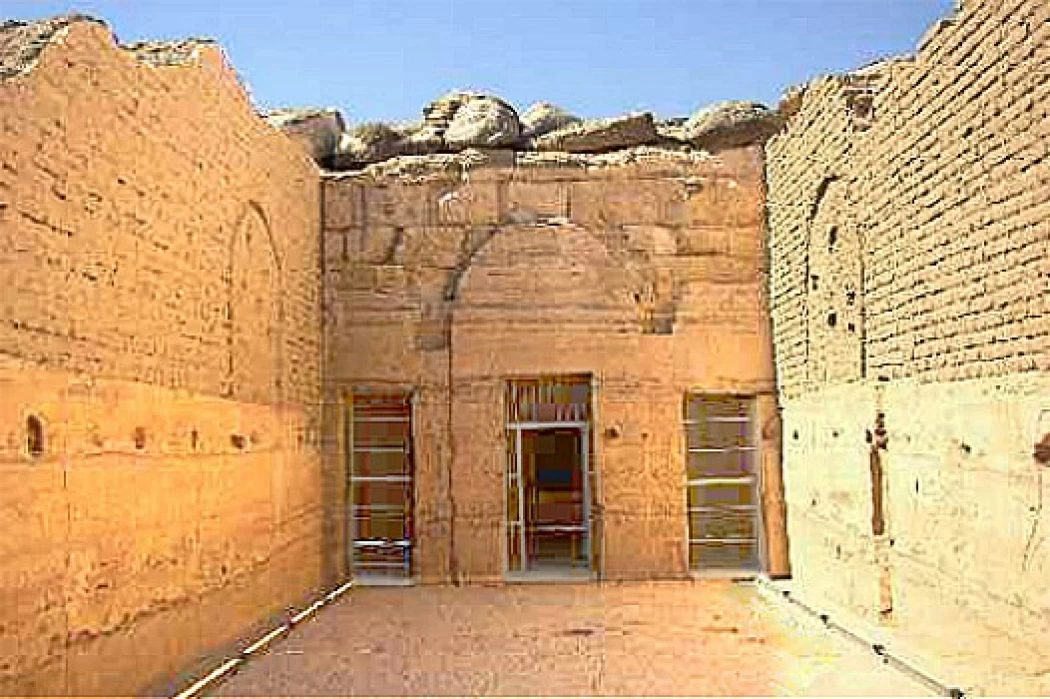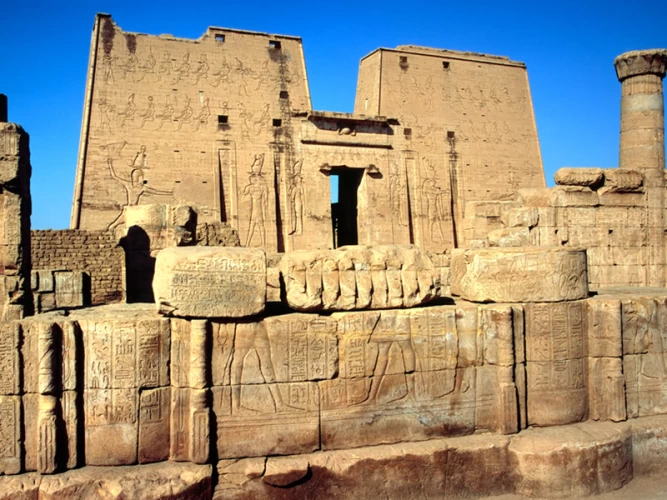
The Beit el-Wali Temple of Ramesses II
The Beit el-Wali Temple of Ramesses II
Located 55 kilometers south of Aswan, it is among a group of temples built by Ramses II in the ancient Nubia region, as evidence of his control and influence in this region, and like the rest of Ramses II's temples, it was carved directly into the rock, but it is not in its original location now.
The temple was saved during the construction of the High Dam and relocated in 1960 to a location higher than its old location near Kalabsha Temple, and the temple is a courtyard that leads to a hall with a roof with two columns, and the hall leads to the Holy of Holies.
The walls of the courtyard are inscribed with the wars that Ramses II led against the Nubian kings, and it seems that he succeeded in controlling this region as we see him sitting and accepting gifts from the Kushites, and the tribute is depicted with gold jewelry, ivory, ebony, incense, leopards, ostrich feathers, monkeys, and bulls.
His wars with the Libyans and Hittites are also depicted, and the inscriptions in the Holy of Holies must be purely religious, as the temple is dedicated to the god Khnum and his wives, and we also see the goddesses Horus and Isis to whom King Ramses makes offerings, in addition to three statues with smashed faces.
As for the name Al Wali, it is attributed to one of the righteous saints who lived there at one time, and it was called Al Wali House, but over time the name was changed to Al Wali.















